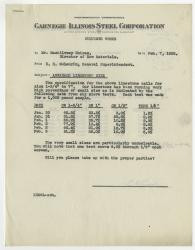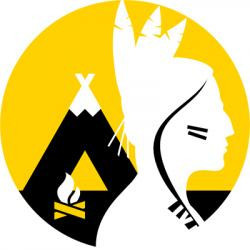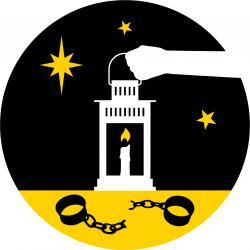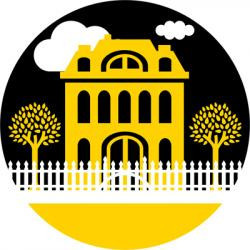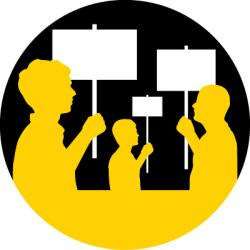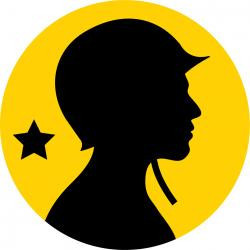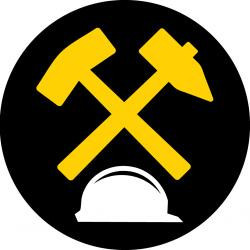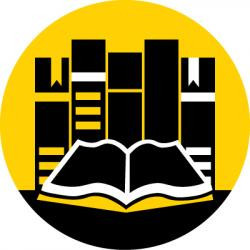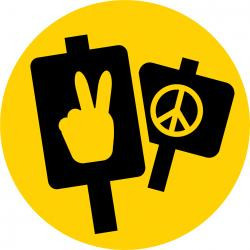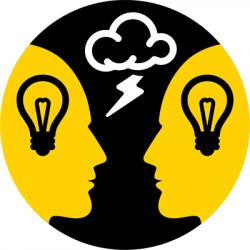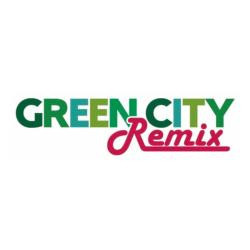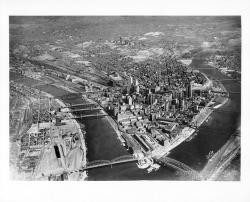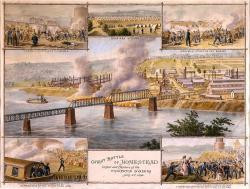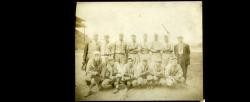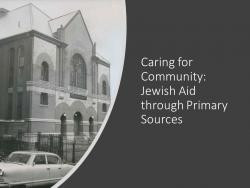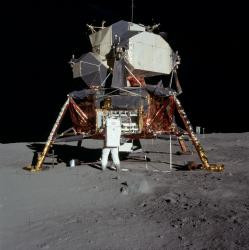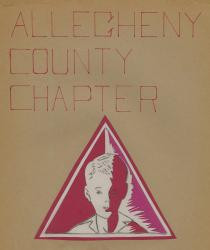Senator John Heinz History Center's collections
Teaching with Objects
This collection demonstrates the range of ways that you can teach with historic objects.
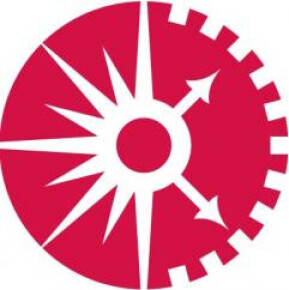 Senator John Heinz History Center
Senator John Heinz History Center
21
CLO Steel Teacher Guide Resources
<p>Resources for the CLO Guide</p>
 Senator John Heinz History Center
Senator John Heinz History Center
3
From Plantation to Pittsburgh: The Great Migration and Pittsburgh
 Senator John Heinz History Center
Senator John Heinz History Center
13
Making a Home: Changes through Time, 18th-20th Century
<p>With rich primary sources including family photographs, advertisements, and historical maps, <em>Making a Home: Changes through Time, 18th-20th Century </em>teaches students about regional homes and the families who lived in them (be sure to click on the paper clip and/or info icon on each item to find out more about it).</p>
 Senator John Heinz History Center
Senator John Heinz History Center
20
Steel Town: The Story of Homestead
<p>This curriculum pack was produced by the Historical Society of Western Pennsylvania and includes everything you need to teach about the town of Homestead and how it reflects changes in American society. The student text includes readings that you can give directly to your students, and the info tab includes suggested teaching activities. Primary sources and biographies with suggested activities are also included (be sure to click on the paper clip and/or info icon on each item to find out more about it). </p>
 Senator John Heinz History Center
Senator John Heinz History Center
30
Labor History: The Great Strike of 1877
<p>This curriculum pack was produced by the Historical Society of Western Pennsylvania and includes everything you need to teach about the Great Strike of 1877 in Pittsburgh. The five lessons can be used as a group or individually, and guide students towards creating their own documentary about the subject--click on the paperclip to find the activities that make up each lesson. Primary sources are also included (be sure to click on the paper clip and/or info icon on each item to find out more about it). </p>
 Senator John Heinz History Center
Senator John Heinz History Center
21
Pittsburgh Youth Activism
<p><em>Pittsburgh Youth Activism e</em>xplores the history of youth activism in Pittsburgh and Western Pennsylvania. Specific examples include Pittsburghers who participated in the 1964 Freedom Summer voter registration campaign in Mississippi and the 1968 Wilkinsburg race riots. This teaching resource includes two parts: a primary source exploration and conversation and the call to action. Be sure to click on the paper clip and/or info icon on each item to find out more about it. </p>
 Senator John Heinz History Center
Senator John Heinz History Center
15
Thinking About History
<p><em>Thinking About History</em> contains resources that provide teachers with useful tools for helping students think about the past and multiple ways for accessing information about history, ranging from photographs to literature. This curriculum pack was produced by the Historical Society of Western Pennsylvania and includes sources and materials (be sure to click on the paper clip and/or info icon on each item to find out more about it). </p>
 Senator John Heinz History Center
Senator John Heinz History Center
14
Green City Remix: Pittsburgh's Smoke Control Campaign
<p>Green City Remix was a collaborative project of the Green Building Alliance and the Senator John Heinz History Center to create exhibits developed and designed by local high school students. In the 1940s efforts were made to combat Pittsburgh’s reputation as the nation’s smoky city, changing both air quality and the city’s image. Using the Allegheny Conference on Community Development collection in the Detre Library and Archives, students researched the Smoke Control campaign, which included legislation passed by city government in 1941 that significantly improved Pittsburgh’s air quality by regulating factors such as fuel sources and the equipment used in industry and in homes.</p>
<p>Through a visit to the Green Building Alliance and conversations with local activists, the students explored ways in which Pittsburgh can continue to improve on its legacy as a smoky city. Students examined art installations at The Mattress Factory and with the help of local artist, Danny Bracken, designed art installations <em>remixing </em>the story of Smoke Control in a way that demonstrates its relevance to today. </p>
<p>This collection includes primary source materials used by the students to explore Pittsburgh's response to air quality challenges. How might these resources inspire your own students to explore the ways changes is made in their city?</p>
 Senator John Heinz History Center
Senator John Heinz History Center
26
The Race to Space: Understanding the Cold War Context of the Apollo 11 Mission
<p><em>By using this collection, learners will . . .</em></p>
<ul><li>Use primary sources to understand a range of perspectives on the Space Race.
</li><li>Understand why the United States was concerned about the Soviet space program.
</li><li>Be able to analyze the Cold War era context of the Space Race and draw their own conclusions about the success of the Space Race.
</li></ul>
 Senator John Heinz History Center
Senator John Heinz History Center
22
Triumph and Tragedy: Pittsburgh's History of Innovation in Science
<p>This collection connects the 2019 National History Day theme of "Triumph and Tragedy in History" to a selection of topics related to Western Pennsylvania, science, and innovation. This region’s history features many stories of triumph over tragedy, including two key events: the creation of the polio vaccine at the University of Pittsburgh, and Rachel Carson’s fight against the detrimental effects of pesticides on the environment.</p>
<p>The first half of the collection focuses on the story of the polio vaccine, including context on the polio virus, movements to raise money for a cure, and Salk's work in Pittsburgh. It also mentions Henrietta Lacks, whose cells were used without permission for a range of medical advancements, including the polio vaccine.</p>
<p>The second half of the collection highlights Rachel Carson, her talent for writing and interest in animals as a child, how she came to be interested in the effects of DDT, and her legacy as an environmentalist. </p>
<p>These objects, images, and sources can be used to help form an idea for a project, provide a new angle on an existing project idea, or lead to new ways of including primary sources into NHD projects. They are drawn from a range of primary source repositories, which can be helpful sources of information for students working on these topics. <br /></p>
<p>#NHD2019 #NHD </p>
 Senator John Heinz History Center
Senator John Heinz History Center
35
Perpetrating the Holocaust: Gaining an Understanding through Archives
<p>This activity uses a restitution document and graphic organizer to help students understand who perpetrated the actions of the Holocaust, particularly as it affected the Weikers family. The Weikers family papers are held in the Detre Library and Archives at the Heinz History Center in Pittsburgh. The archive document comes from the Weikers Family collection, and the accompanying graphic organizers were created by Heinz History Center education staff. More images and documents connected with this family story are available on the <em><a href="http://www.jewishfamilieshistory.org/entry/weikers-family/">Generation to Generation: Family Stories Drawn from the Rauh Jewish Archives</a> </em>website. </p>
 Senator John Heinz History Center
Senator John Heinz History Center
8

